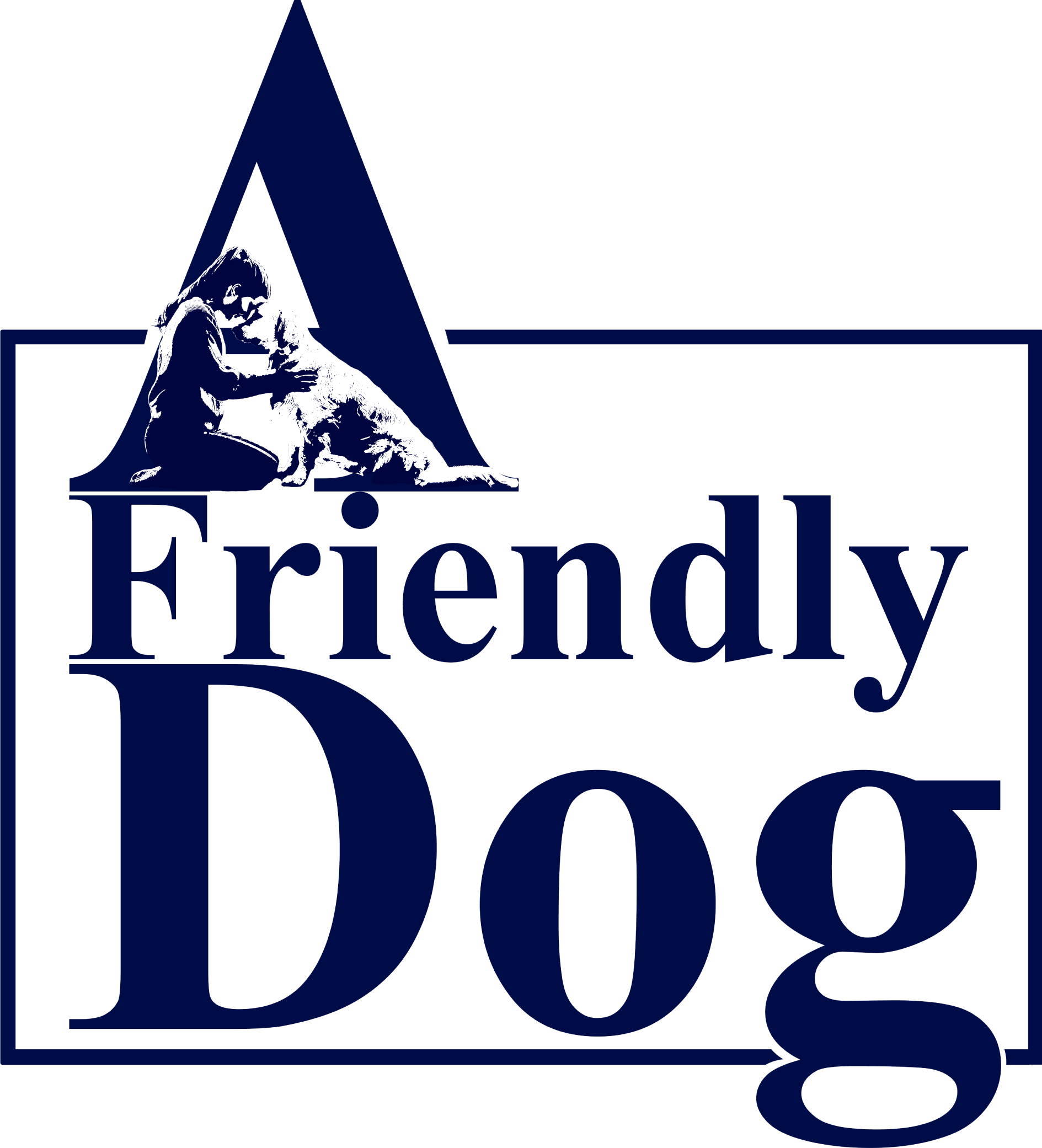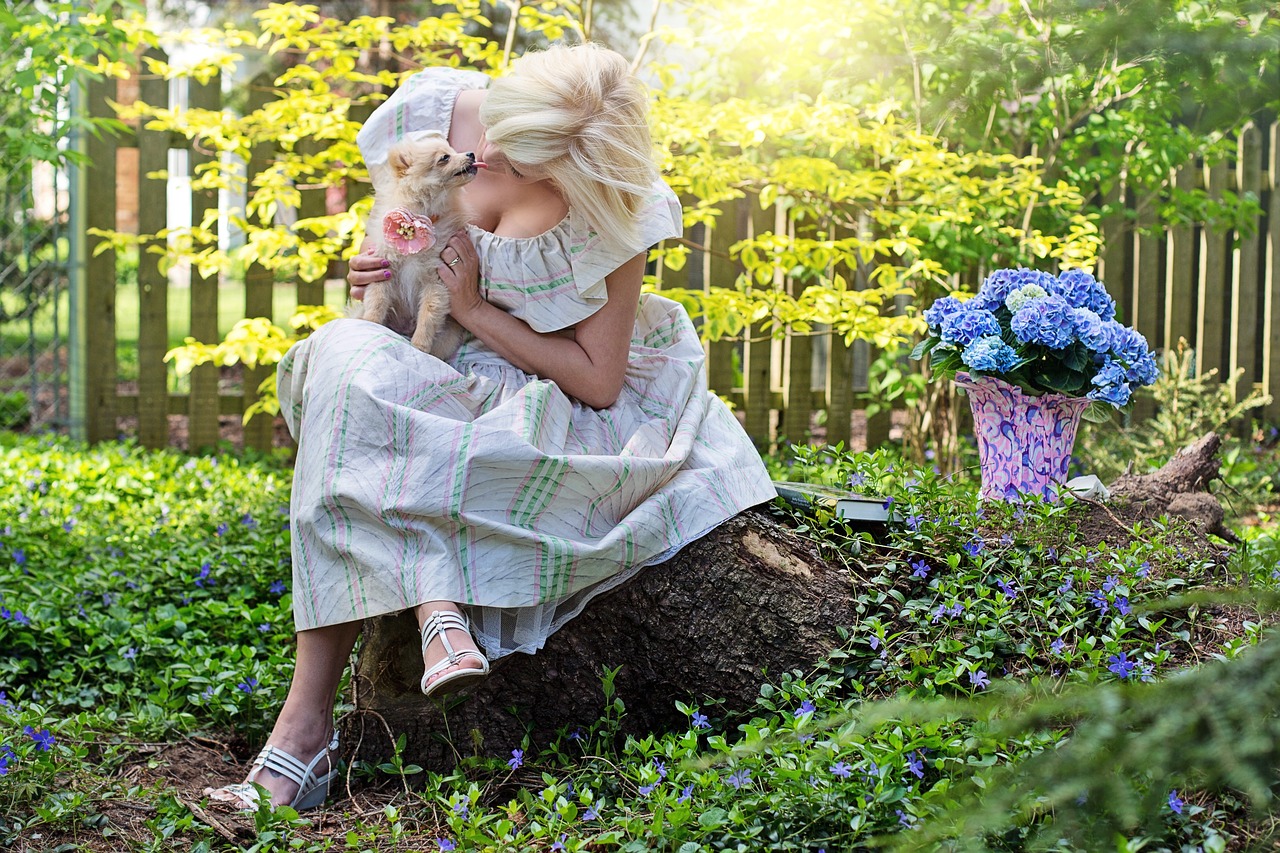This developmental sequence is the golden key to understanding the emotions of dogs. Dogs go through their developmental stages much more quickly than humans do, and have all of the emotional range that they will ever achieve by the time they are four to six months of age (depending on the rate of maturing in their breed).
However, we know that the assortment of emotions available to the dog will not exceed that which is available to a human who is 2- to 2-and-a-half years old. This means that a dog will have all of the basic emotions: joy, fear, anger, disgust, and even love. However, based on current research it seems likely that your dog will not have those more complex emotions like guilt, pride, and shame.
Numerous individuals may contend that they have witnessed proof that suggests their canine is capable of experiencing guilt. The typical scenario is when you arrive home and your dog starts to act uneasy and skulks around, and you then discover that he or she has left an unpleasant brown deposit on your kitchen floor.
It is natural to assume that the dog was behaving in a way that demonstrates that it is feeling guilty about the wrongdoing. However, this is not guilt, but simply the more fundamental emotion of fear. The dog has learned that when you appear and his droppings are visible on the floor, bad things happen to him. What you see is his fear of punishment; he will never feel guilt.
So, what does this imply for those of us who live with and interact with dogs? The good news is that you can feel free to dress your dog in that silly costume for a party. He will not feel shame, regardless of how ridiculous he looks. He will also not feel pride in winning a prize at a dog show or an obedience competition. However, your dog can still feel love for you, and contentment when you are around. Aren’t these the emotions we truly value?

